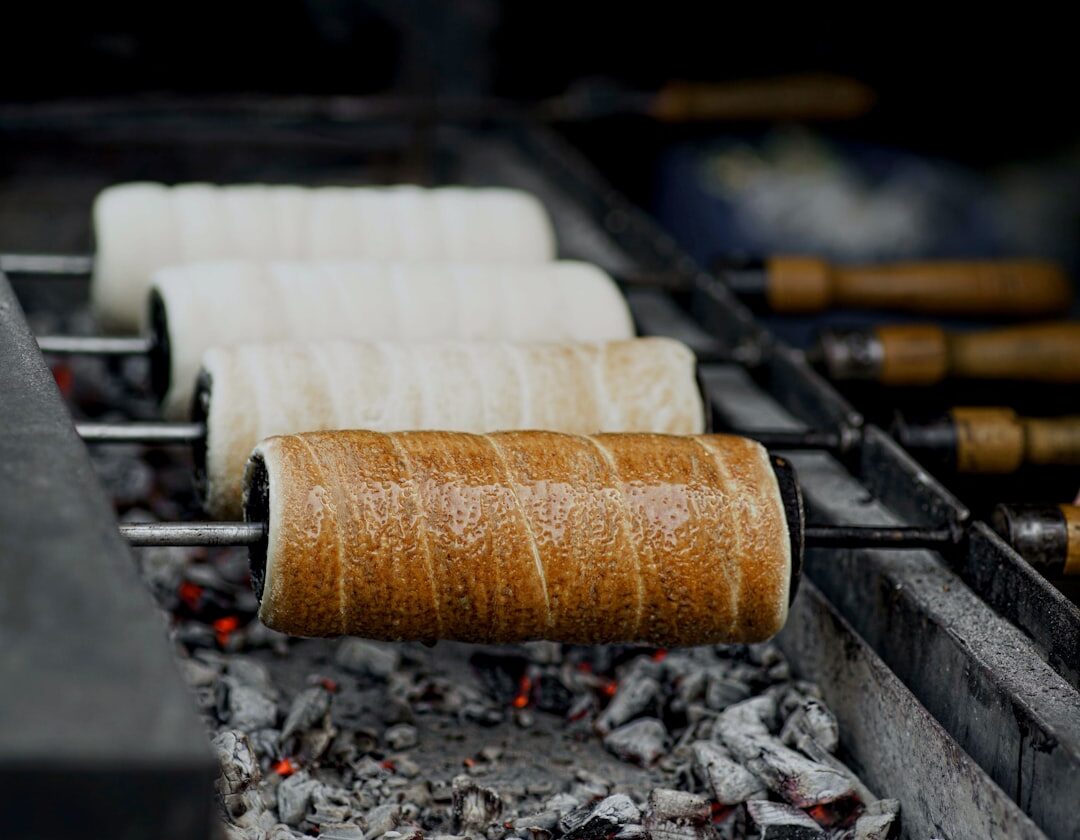Tap washers are small rubber or plastic discs that are located at the base of a tap. They are an essential component of a tap as they create a watertight seal and prevent water from leaking out. Tap washers are constantly under pressure and can wear out over time, leading to leaks and other issues. It is important to maintain tap washers to ensure the proper functioning of your taps and to prevent water wastage.
Key Takeaways
- Tap washers are small rubber or plastic components that prevent water from leaking out of a tap.
- Signs of a faulty tap washer include dripping or leaking water, difficulty turning the tap on or off, and unusual noises.
- Tools required for changing a tap washer include an adjustable wrench, pliers, and a screwdriver.
- To turn off the water supply, locate the isolation valve and turn it clockwise until it stops.
- To remove the tap handle, use a screwdriver to remove any screws or caps and gently pull the handle off.
Signs of a Faulty Tap Washer
One of the most common signs of a faulty tap washer is a dripping or leaking tap. If you notice water dripping from your tap even when it is turned off, it is likely that the washer needs to be replaced. Another sign of a faulty tap washer is reduced water pressure. If you find that the water flow from your tap has become weak, it could be due to a worn-out washer. Additionally, if you experience difficulty turning the tap on or off, it may be a sign that the washer needs to be replaced.
Tools Required for Changing a Tap Washer
To change a tap washer, you will need a few basic tools. The first tool you will need is an adjustable wrench, which will be used to loosen and tighten the various components of the tap. You will also need a screwdriver to remove the screw that holds the tap handle in place. Lastly, you will need a new tap washer to replace the old one.
How to Turn Off the Water Supply
Before you begin changing the tap washer, it is important to turn off the water supply to prevent any water from flowing while you work. The main water valve is usually located near the water meter or where the main water line enters your home. Once you have located the valve, use an adjustable wrench to turn it clockwise until it is fully closed. This will stop the flow of water to your taps.
Removing the Tap Handle
To access the tap washer, you will need to remove the tap handle. Start by using a screwdriver to remove the screw that holds the handle in place. Once the screw is removed, gently pull the handle off the tap. Be careful not to force it as it may be stuck due to mineral deposits or other factors. If it is difficult to remove, you can use a wrench to loosen it.
Removing the Old Washer
Once you have removed the tap handle, you will be able to see the old washer at the base of the tap. Use pliers to grip the washer and gently twist it counterclockwise to remove it. Be careful not to damage any other components of the tap while doing this.
Installing the New Washer
Take the new tap washer and place it in the same position as the old one. Ensure that it is securely in place and aligned properly with the tap. It should fit snugly and create a watertight seal.
Reassembling the Tap
After installing the new washer, reassemble the tap by placing the tap handle back onto the tap. Use a screwdriver to tighten the screw and hold the handle in place. Make sure that it is securely fastened but be careful not to overtighten it.
Turning the Water Supply Back On
Once you have reassembled the tap, it is time to turn the water supply back on. Use an adjustable wrench to turn the main water valve counterclockwise until it is fully open. This will allow water to flow through your taps again. To remove any air pockets that may have formed while the water was turned off, let the water flow for a few seconds before using your taps.
Testing the Tap for Leaks
After turning on the water supply, test your tap by turning it on and off a few times. Check for any leaks around the tap and ensure that the water pressure is back to normal. If you notice any issues, double-check that the tap washer is properly installed and try tightening the tap handle.
Maintaining tap washers is crucial for the proper functioning of your taps and to prevent water wastage. Signs of a faulty tap washer include dripping or leaking taps, reduced water pressure, and difficulty turning the tap on or off. To change a tap washer, you will need a few basic tools such as an adjustable wrench and a screwdriver. It is important to turn off the water supply before starting the repair and to test the tap for leaks after completing the process. By fixing faulty tap washers, you can save water and money in the long run.







